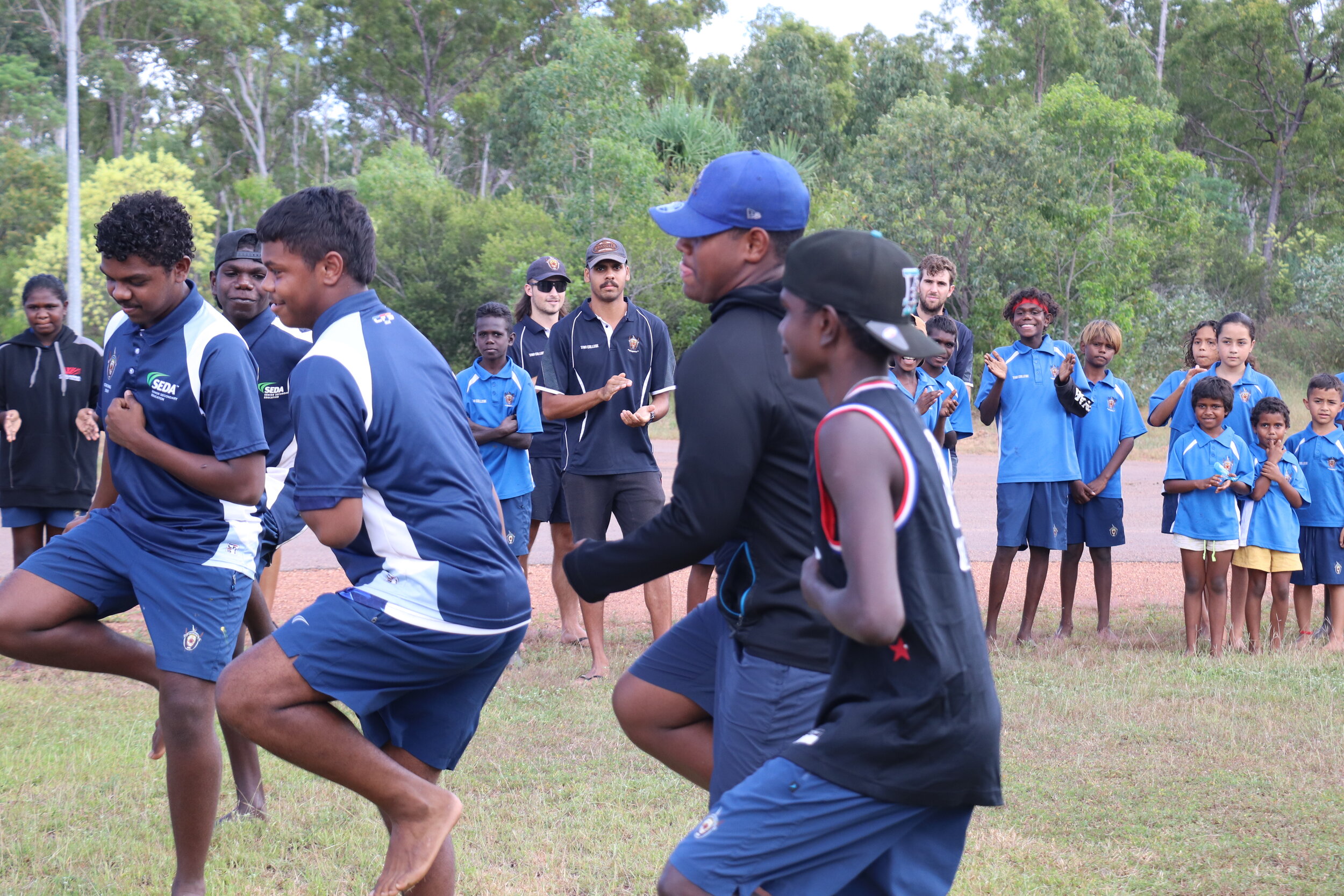
Our Students.
Our Students.
The young Tiwi - come from 3 main communities. Wurrumiyanga on Bathurst Island; and Pirlangimpi & Milikapiti on Melville Island.
About Tiwi.
Wurrumiyanga is the largest community and therefore the students are at greater risk of exposure to behaviours not conducive to home and everyday learning and regular school attendance.
Historically, it was a mission settlement with little western influence in terms of family trees. There is a Catholic Primary and a Catholic Secondary School in the town. The primary school was once using the "Bilingual" approach to its learning program. Thus English in all Literacy domains was introduced later in comparison to Government schools at the time.
Students in Wurrumiyanga generally tended to stay there for their secondary education.
Students at Pirlangimpi and Milikapiti grew up attending small Government run primary schools. The English word and written English was introduced at transition. These students tended to go to boarding school on the mainland for secondary education as they did not have secondary colleges in the towns.
Thus the parents of our students have had vastly different experiences, generally speaking, depending on which island they grew up. Our students at Tiwi College have grown up in families with differing expectations, literacy level and attitudes to education, based on their country.
Overlaying this historical perspective is the ever-present cross cultural perspective that both staff and students face day to day within a school.
Tiwi as Learners.
Based on anecdotal evidence – it's fair to say that most of the Tiwi are KVA learners. This is particularly evident with the male learners. This means they are predominantly kinaesthetic learners; followed closely by visual and then aural. Coupled with this, are the historical strengths of the Tiwi – sport; art; music and dance – all tactile experiences. Thus we should cater for the 'Tiwi Style'. Our objective should be quality not quantity of performance.
Our timetable reflects this with this our regular school day is broken into "4 quarters"- adapted from AFL Football. Our Reading Program (30 mins), Literacy and Numeracy programs are run in the morning – each of 1 ½ Hours duration. In the afternoon the lessons are reduced to 1 hr; with a shorter break in between. The more tactile subjects such as art, sport and VETIS are generally timetabled in for these sessions.
Based on this, all academic planning at Tiwi College needs to show:
1. Pre & post testing
2. Elements of "Balanced Literacy & Numeracy Program"
3. "Tiered" plans of work e.g. advanced / intermediate / developing
4. Distinct tactile & visual experiences
5. Revise – Do – Learn – Review in most lessons
6. Objective and Summative assessment



